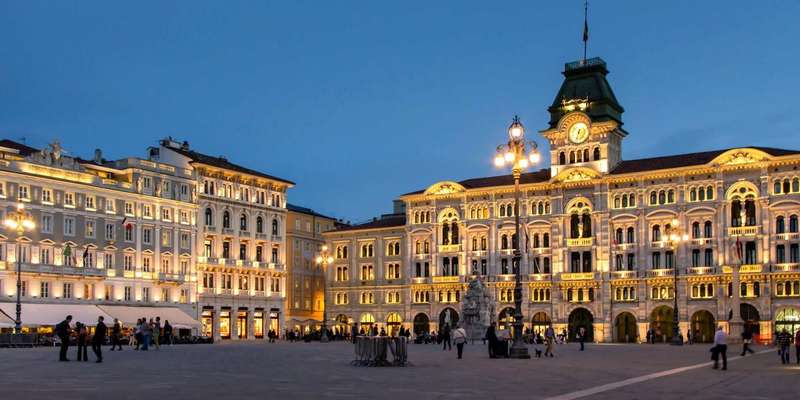- Home
- Useful Tips
- What makes the Museo Revoltella...
Many travelers breeze through Trieste's Piazza Unità only to miss its crown jewel – the Museo Revoltella. This overlooked treasure combines Renaissance grandeur with avant-garde modernism, yet 62% of day-trippers never cross its threshold according to local tourism boards. The dilemma? Visitors assume it's 'just another palace museum' while battling midday crowds at more famous sites. What they're missing is a carefully curated journey through 150 years of Mediterranean artistic evolution, housed in a sumptuous patrician residence with panoramic harbor views. The real frustration comes when travelers later discover they walked past works by Italian masters like Hayez and De Chirico, unaware of the cultural riches hidden behind those neoclassical walls. This isn't about adding another museum to your checklist – it's about experiencing Trieste's soul through the eyes of its most visionary 19th-century patron.


Why most visitors overlook Trieste's most intriguing art collection
The Museo Revoltella suffers from what locals call 'palace fatigue' – travelers see another grand 19th-century facade and assume they know what's inside. Unlike blockbuster museums that scream for attention, Baron Revoltella's bequest demands curiosity. His genius was blending eras: the ground floor preserves his lavish 1860s living quarters exactly as he entertained emperors and artists, while upper floors (added in 1968) showcase cutting-edge contemporary works. This duality confuses hurried visitors seeking either purely historical or modern experiences. What they miss is the narrative thread – how Trieste's merchant princes evolved into cultural innovators. The palace's residential intimacy also defies museum expectations; you'll find yourself studying a Carpaccio painting beside the Baron's original billiard table, creating uncanny connections across centuries.
Timing tricks to experience the museum without the crowds
Trieste's cruise ship schedules hold the key to peaceful Revoltella visits. While mornings see groups from docked ships, locals know the magic hour is 1:30-3:30 PM when day-trippers return for lunch onboard. Another secret? Wednesday evenings when extended hours coincide with the weekly antique market in nearby Piazza della Borsa. The museum's clever layout helps too – start on the top floor with contemporary collections (least crowded area) and work downward through time. Those marble staircases may look grand, but don't overlook the elevator tucked behind the bookshop – a lifesaver for avoiding tour groups clustered around the main staircase. If you do encounter crowds, focus on the lesser-known third floor's rotating exhibitions, where even in peak season you might have an entire gallery to yourself.
Decoding the must-see masterpieces most visitors walk past
Most visitors fixate on the obvious showstoppers like Hayez's 'Ruth' in the Red Parlor, but the museum's true revelations require closer looking. In the Blue Room, Giovanni Mayer's seemingly conventional portrait of Clara Maffei hides radical politics – the sitter's bracelet bears the exiled Mazzini's initials, a dangerous tribute in 1855. Upstairs, Carlo Levi's 'Lucania '61' appears primitive until you notice the hidden Madonna in the peasant's shawl, reflecting the artist's anti-Fascist defiance. Even the building itself holds secrets – the rooftop terrace's mosaic floor uses black-and-white triangles not just decoratively, but as a Masonic symbol of Revoltella's Enlightenment values. These layers of meaning transform what might seem like provincial art into a coded history of Trieste's intellectual resistance.
How to extend your Revoltella experience beyond the museum walls
The Baron's legacy lives on in Trieste's urban fabric if you know where to look. After your visit, walk five minutes to Caffè San Marco – Revoltella's favorite haunt, where the back room still displays his commissioned murals of Orientalist scenes. For dinner, seek out Trattoria da Giovanni whose art-lined walls include works gifted by 20th-century artists who exhibited at the museum. Smart visitors combine their ticket with the nearby Sartorio Museum (joint tickets available), showcasing another aristocratic collection that complements Revoltella's. As sunset approaches, position yourself at the Topolino kiosk by the Canal Grande – this spot offers the same harbor vista that inspired many paintings in the museum's collection, creating a perfect visual bookend to your day.



